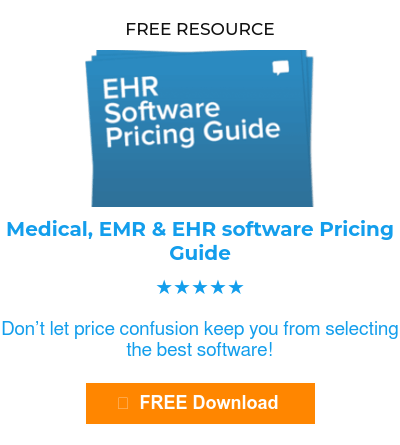Electronic Medical Record (EMR) software can indeed help improve the profitability of healthcare practices, including primary care, specialty care, dental, and mental health practices. The benefits of EMR software are multifaceted and can lead to improved efficiency, better patient care, and ultimately, increased profits.
For primary care practices, EMR technology provides information in formats that were not previously possible with paper charts. It improves chronic disease management, prevention, and screening targets, reducing duplication and costs. EMR data also provides valuable practice-level information that can be used for interventions such as identifying patients who need specific care.
Specialty care practices can benefit from specialty-specific EMR software, which creates workflows tailored to the needs of a specialist, reducing data entry and documentation. This allows physicians to spend more time treating and caring for patients. The software also offers a standardized system for maintaining peak performance, minimizing errors and redundancies, and improving practice organization.
Dental practices can benefit from dental EMR software, which not only helps with clinical activities but also administrative tasks. The software maximizes productivity and revenues and improves the patient experience. It also provides convenient storage and access to data, improving coordination among physicians.
Mental health practices can benefit from mental health EHR software, which can increase efficiency through many different aspects of their practice. It can improve the level of accuracy in a provider’s record keeping, enhance the accuracy of a patient’s chart and history, and simplify the prescribing process. It also allows for tailored documentation and improved clinic efficiency.
In general, EMR systems can help healthcare practices optimize workflows, manage patients more effectively, and reduce operational expenses over time. They also support data-based decisions, improve patient health data security and privacy, and enhance patient care. Efficient billing processes facilitated by EMR systems can also contribute to the bottom line.
However, it’s important to note that the implementation of EMR software requires an initial investment and may involve a learning curve for staff. The benefits, however, often outweigh these initial challenges, leading to improved efficiency, better patient care, and increased profitability over time.
EMR’s promise to lower costs and improve quality across healthcare
A centerpiece in the national healthcare reform movement is the adoption of the electronic medical records (EMR) and electronic health records (EHR) that promise to lower medical record storage and access costs, while improving quality. This EHR and EMR software solution could bring an end to millions of manila folders holding countless pieces of patient information and scribbled notes. In their place, proponents hope, are EMR software systems that can transport patient information in real time with the click of a button. Electronic medical records software seeks to create a more efficient, accurate and productive healthcare business, all at a lower cost. EMR revenue related increases may also be a benefit of less paper work.
EMR Benefits
One of the EMR benefits is that the records contain a patient’s full medical history in a digital format, allowing immediate access to secure patient data. With an electronic medical record system, patients’ health and medication history, laboratory results and more are easily accessible by physicians and healthcare providers.
EMR Cost Savings
The reduced costs that are associated with an EMR or EHR solution has the potential to save the healthcare delivery system millions of dollars. Medical electronic records minimize waste and inefficiency of manual and paper-based processes, maximizing clinical quality at points of decision-making and eliminating most paper used in patient transcription. A million fewer sheets of paper copied each month also supports a much greener industry.
Additionally, about $19.2 billion of the $787 billion American Recovery and Reinvestment Act (ARRA) that President Obama signed in 2009 is directed as an EMR / EHR financial stimulus. The administration is working to complete the movement to EMR integration because it believes there are many benefits of electronic medical records use, including streamlining patient care and providing long-term savings in the health field.
Electronic Health Records Software Saves Time
Another one of the 1 percent of physician orders are written, thus eliminating almost all transcription errors. As a result, satisfaction has increased as physicians are able to more easily retrieve complete patient medical electronic records information. Also, turnaround times for initial physician orders of ‘stat’ medications are on average reduced from 41 to 6 minutes.
Fewer phone calls to clarify physician medical orders and the increased efficiency of electronic health records software means more time for clinicians to help patients. Further EMR benefits include the prevention of unnecessary orders and diagnostic tests, reduction of medical errors and improvement in patient care.
EMR Software Adoption
While research shows hospitals that adopt an electronic medical records system have better patient outcomes, less than 10 percent of US hospitals even have full EMR software systems. This means electronic medical records still have a long way to go to reach full optimization and healthcare providers are not getting all the EMR benefits yet.
However, as each practice adds electronic health records software technology, the overall system gets larger, more efficient and better integrated.

